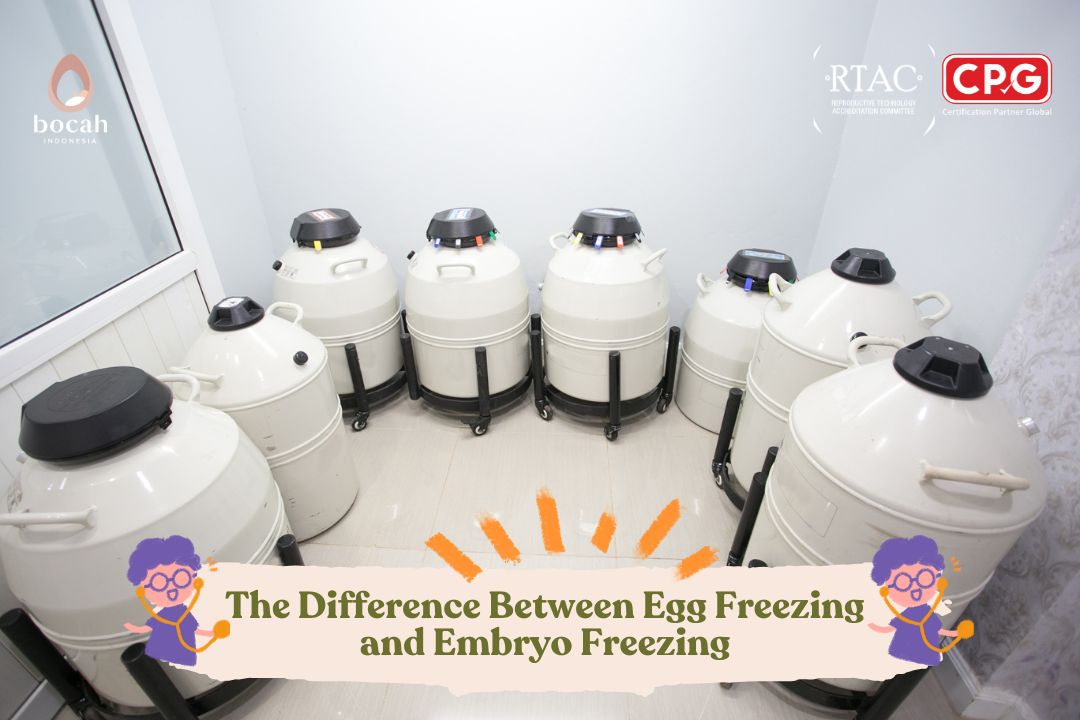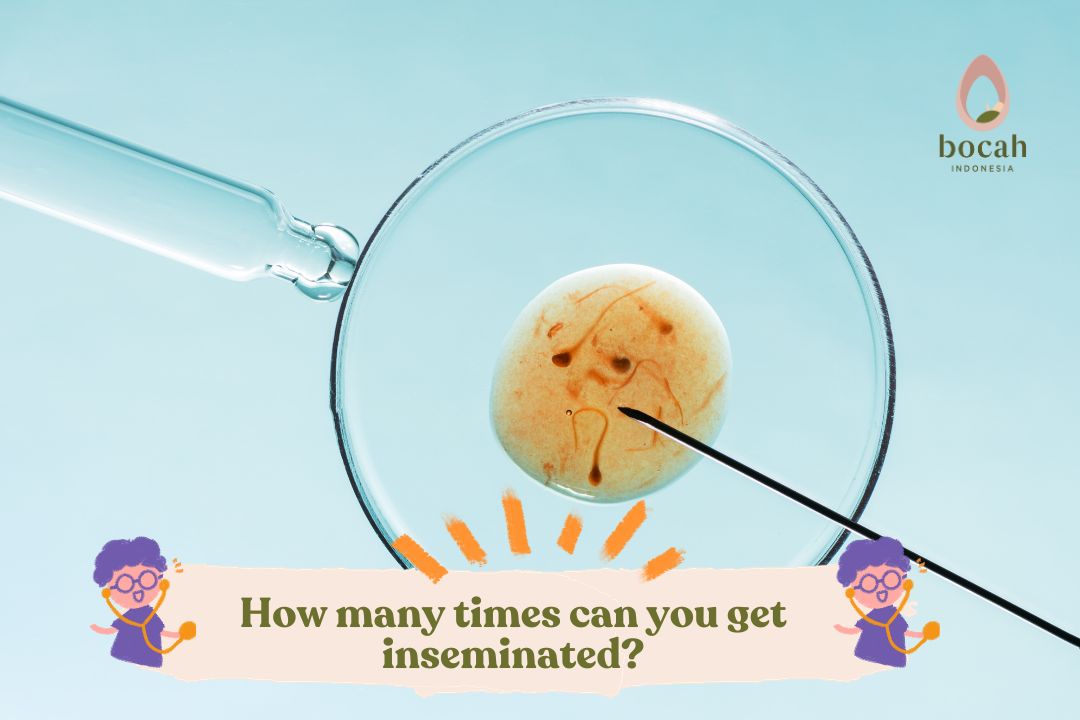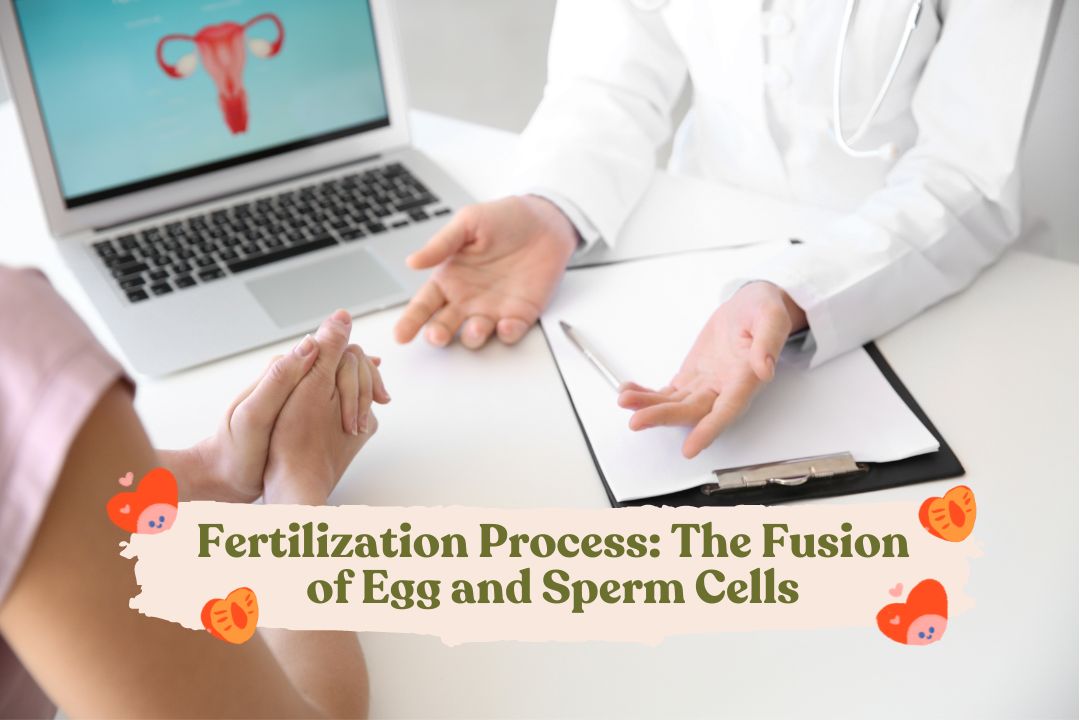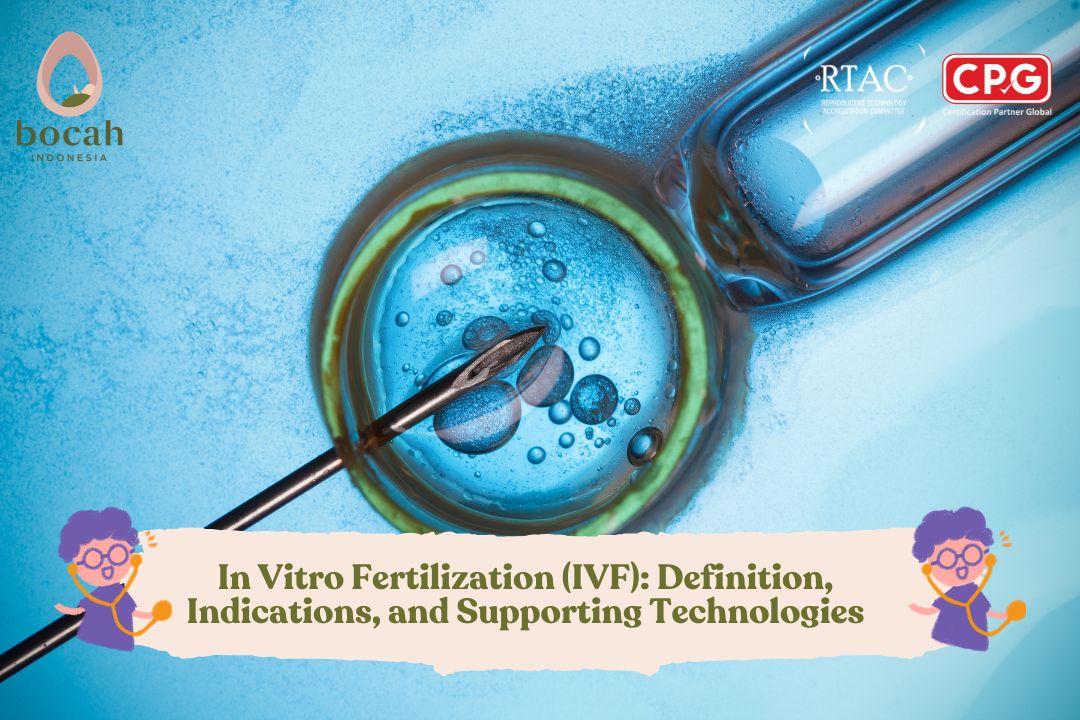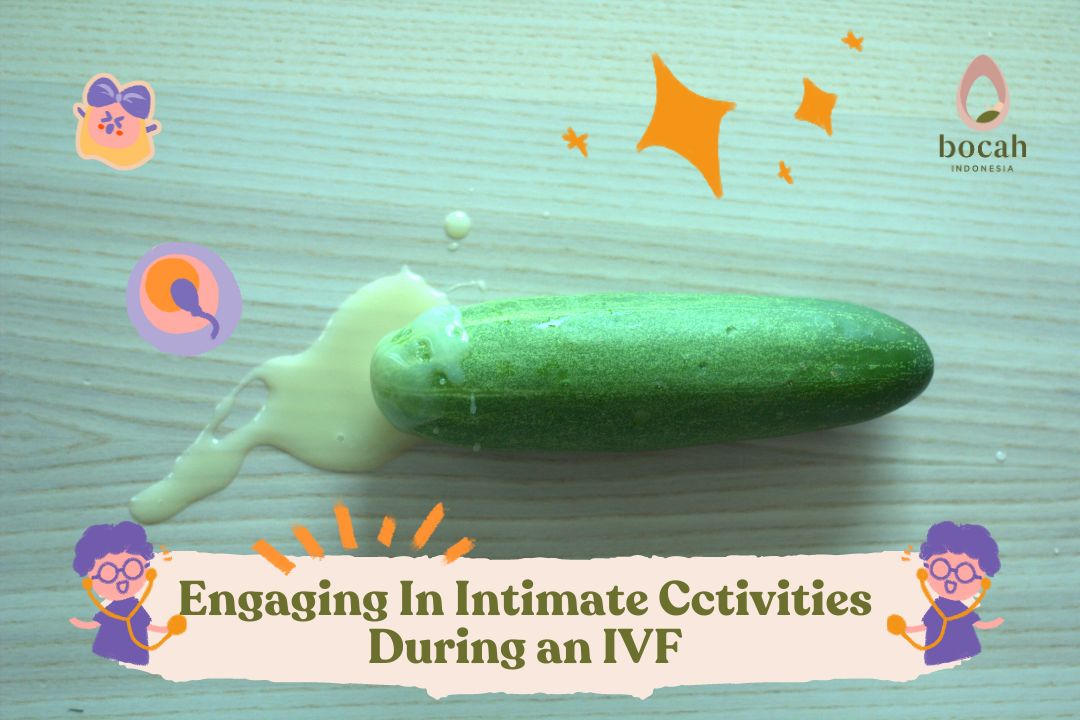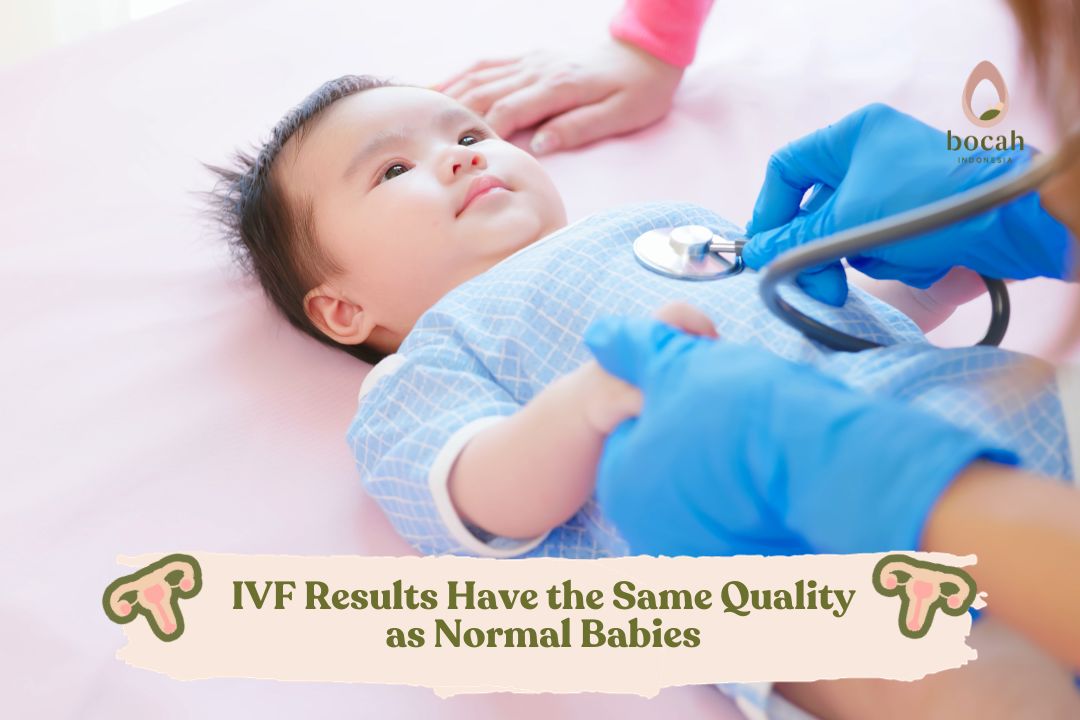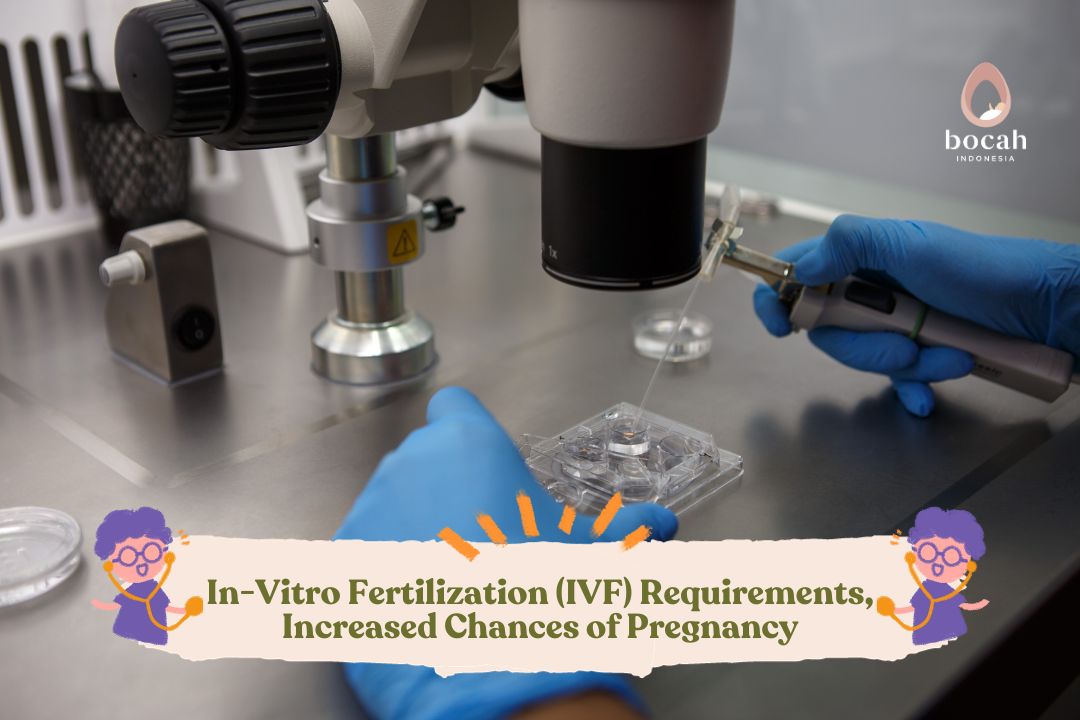The Difference Between Natural and Artificial Fertilization
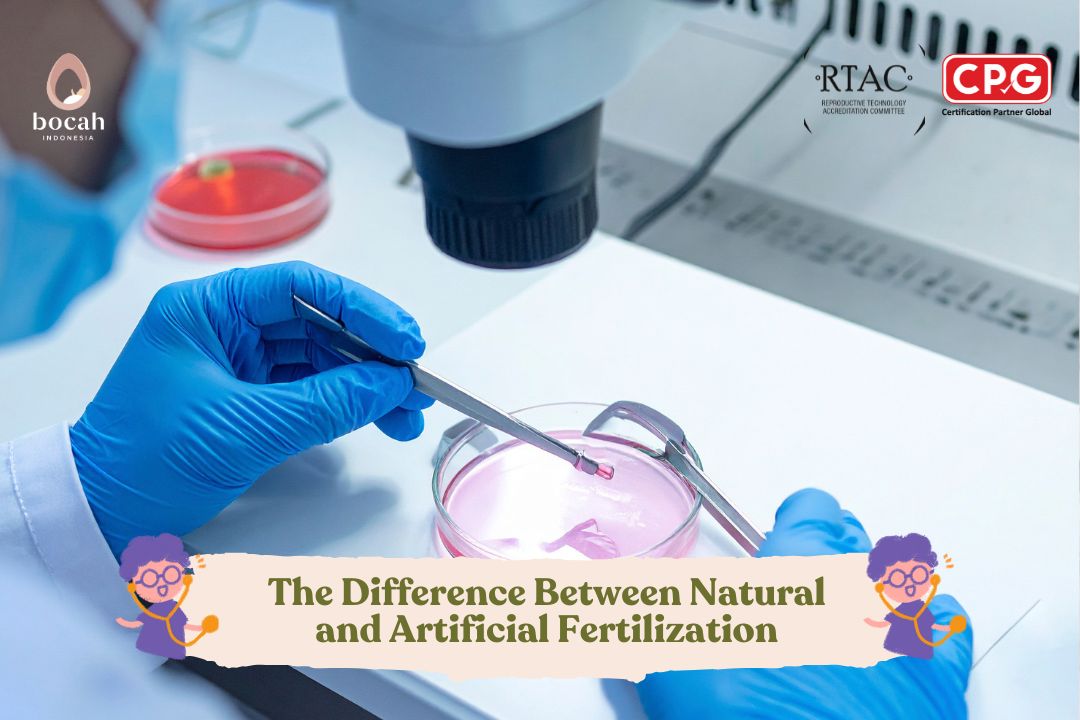
Fertilization is a complex biological process that occurs within a narrow window of 24 hours. It marks the beginning of every pregnancy. During fertilization, two haploid gametes—sperm and egg, each carrying 23 chromosomes—unite to form a single diploid cell containing 46 chromosomes. This cell, known as a zygote, develops into an embryo and eventually into a fetus, carrying a new and unique genetic identity.
In humans, fertilization is an internal process, which means it takes place inside the female body. This is known as natural fertilization, or “in vivo.”
However, fertilization can also occur outside the body, in a controlled laboratory setting. This is called “in vitro” fertilization, giving rise to the well-known assisted reproductive technique called In Vitro Fertilization (IVF) or “test-tube baby.
The Process of Natural Fertilization
Natural fertilization takes place inside the female reproductive tract through a series of intricate and sequential events.
-
Ejaculation
The process begins with the male ejaculating into the female vagina. From there, sperm begin their journey through the reproductive tract toward the fallopian tube, where the egg awaits.Tanya Mincah tentang Promil?
-
Sperm Survival and Competition
Out of the millions of sperm released during ejaculation, only about 200–300 successfully reach the fallopian tube. Ultimately, just one sperm penetrates and fertilizes the egg. -
Capacitation of Sperm
Capacitation is a crucial preparatory step. Once in contact with the female reproductive tract, sperm undergo biochemical and biophysical changes that prepare them for the acrosome reaction and egg penetration. These changes enhance sperm motility and their ability to penetrate the egg’s protective layers. -
Sperm Migration Toward the Egg
Sperm must overcome several obstacles, including the acidic vaginal environment, the cervix, and the uterus, before finally reaching the fallopian tube. -
Penetration of the Corona Radiata
Upon reaching the egg, sperm encounter the first barrier—the corona radiata, the egg’s outermost layer. Enzymes released by the sperm help dissolve this layer while their tails beat more vigorously to push through. -
Acrosome Reaction and Penetration of the Zona Pellucida
Next, sperm must penetrate the zona pellucida, a glycoprotein shell surrounding the egg. Once a sperm binds to this layer, the acrosome reaction occurs, releasing enzymes from the sperm head. These enzymes break down the zona pellucida, enabling the sperm to fuse with the egg membrane. At the same time, the zona undergoes structural changes that block additional sperm from entering (preventing polyspermy). -
Fusion of Egg and Sperm Nuclei
The sperm’s plasma fuses with the egg’s plasma membrane. The egg completes meiosis, forming the female pronucleus, while the sperm’s tail detaches, leaving only the male pronucleus inside. -
Formation of the Zygote
Finally, karyogamy occurs—the union of the male and female pronuclei. The resulting zygote contains 46 chromosomes and begins rapid cell divisions, developing into a blastocyst capable of implanting in the uterine lining and initiating pregnancy.
The Process of Artificial Fertilization
Artificial fertilization refers to conception achieved with medical intervention, used to increase the chances of successful pregnancy. The two most common techniques are Intrauterine Insemination (IUI) and In Vitro Fertilization (IVF).
1. Intrauterine Insemination (IUI)
-
In IUI, sperm are processed in the laboratory (capacitation) to concentrate the healthiest and most motile sperm.
-
The prepared sperm are introduced directly into the uterus, bypassing the vagina and cervix, which normally act as barriers.
-
Fertilization then occurs naturally inside the fallopian tube.
Procedure details:
-
Male sperm is collected via masturbation after 3–5 days of abstinence.
-
The female partner undergoes ovarian stimulation for 10–12 days to produce mature eggs.
-
Ovulation is triggered with an hCG injection, and insemination is timed to coincide with ovulation (approximately 36 hours later).
2. In Vitro Fertilization (IVF)
-
The female’s eggs are retrieved through a procedure known as Ovum Pick-Up (OPU).
-
Fertilization is performed in vitro—in a petri dish under laboratory conditions.
-
Two main methods exist:
-
Conventional IVF: eggs and sperm are placed together in a culture dish, allowing fertilization to occur “naturally” in the lab.
-
Intracytoplasmic Sperm Injection (ICSI): a single high-quality sperm is directly injected into the egg.
-
Note: “In vitro” is Latin for “in glass”, referring to laboratory experiments outside the living organism.
Why Fertilization Sometimes Fails
Unsuccessful fertilization can occur in both natural and artificial processes. Common causes include:
-
Poor sperm quality (low motility, abnormal morphology, or fragmented DNA).
-
Immature or genetically abnormal eggs.
-
Failed oocyte activation after sperm entry (a leading cause of ICSI failure).
-
Endometriosis or fallopian tube blockage (hindering sperm-egg encounter).
-
Technical or culture medium issues in IVF/ICSI laboratories.
When fertilization fails:
-
In natural cycles or IUI, the uterine lining sheds as menstruation.
-
In IVF, no embryo develops.
How to Improve Fertilization Success
-
For natural fertilization:
-
Time intercourse every 2–3 days during the fertile window (5 days before ovulation up to the day of ovulation).
-
Maintain a healthy lifestyle (balanced diet, exercise, avoid smoking/alcohol).
-
-
For IUI:
-
Synchronize insemination with ovulation.
-
Use high-quality sperm samples.
-
-
For IVF/ICSI:
-
Optimize egg and sperm quality.
-
Ensure the uterus is receptive for implantation.
-
Manage stress and seek psychological support if needed.
-
Conclusion
Although fertilization occurs within a very short time frame, it is a highly complex process where every step is critical for successful pregnancy. Natural fertilization happens inside the female body, while artificial fertilization involves medical assistance such as IUI and IVF/ICSI. Success depends on egg and sperm quality, uterine conditions, and overall health of both partners.
Source:
- Campos G, Sciorio R, Esteves SC. Total fertilization failure after ICSI: insights into pathophysiology, diagnosis, and management through artificial oocyte activation. Hum Reprod Update. 2023 Jul 5;29(4):369-394. doi: 10.1093/humupd/dmad007. PMID: 36977357.
- Cleveland Clinic. [Last reviewed 6 Sep 2023]. Conception. URL: https://my.clevelandclinic.org/health/articles/11585-conception.
- Fertilization in Humans. URL: https://byjus.com/biology/fertilization-and-implantation
- Oliver R, Basit H. Embryology, Fertilization. [Updated 2023 Apr 17]. In: StatPearls [Internet]. Treasure Island (FL): StatPearls Publishing; 2025 Jan-. URL: https://www.ncbi.nlm.nih.gov/books/NBK542186/


